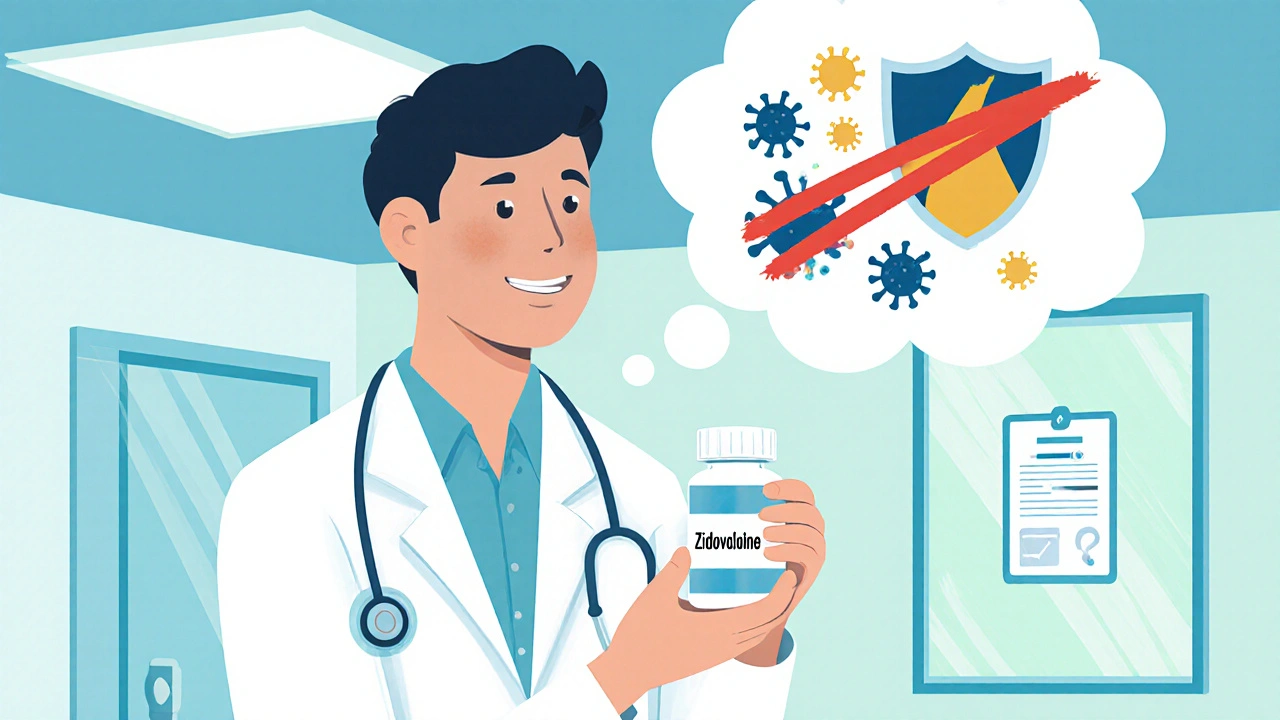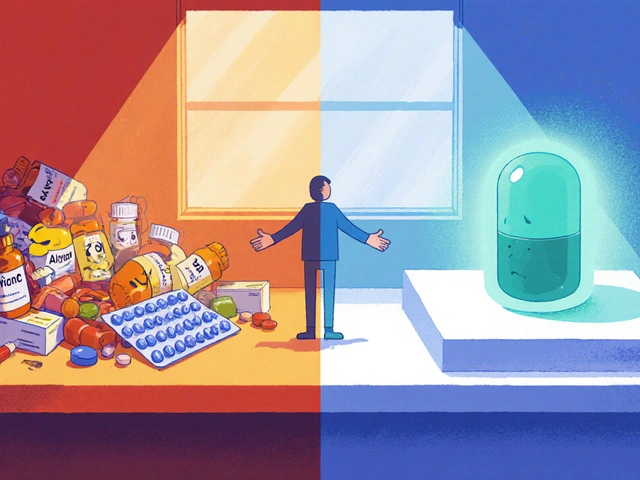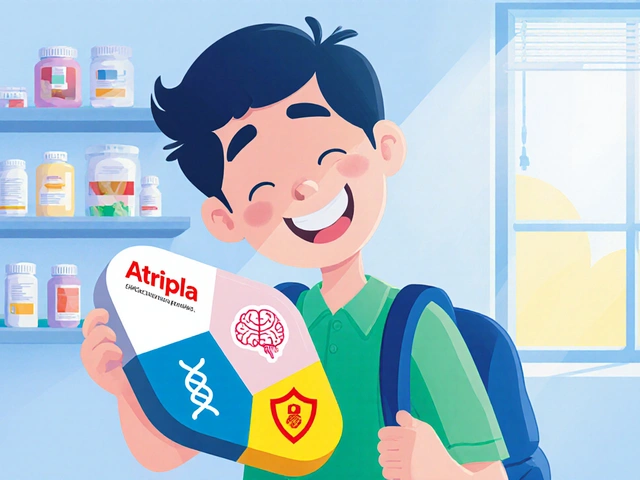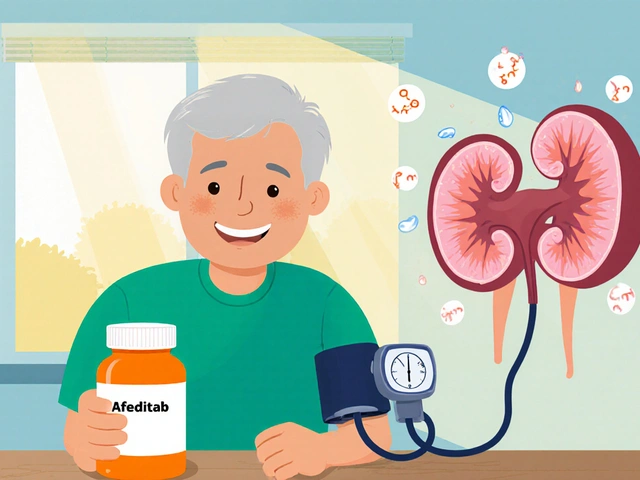Zidovudine Side Effects – What to Watch For
When dealing with Zidovudine side effects, the unwanted reactions that can appear while taking the antiretroviral drug Zidovudine (AZT). Also known as AZT adverse events, they are a key concern for anyone on HIV treatment. Zidovudine belongs to the Nucleoside reverse transcriptase inhibitor (NRTI), a class of drugs that block HIV replication by mimicking natural nucleosides, so its side‑effect profile often mirrors other NRTIs. Understanding these reactions helps you keep the virus in check while avoiding unnecessary health problems.
Zidovudine side effects most often show up in the blood. The drug can suppress bone‑marrow activity, leading to anemia and neutropenia. Patients may notice fatigue, shortness of breath, or easy bruising as red‑cell counts dip below normal. Studies report anemia in about 10‑20 % of users, especially during the first few months of therapy. Regular CBC checks let clinicians spot a downward trend early and adjust the dose before symptoms worsen. If anemia becomes severe, switching to a different NRTI or adding a growth‑factor agent can restore balance.
Muscle complaints are another common complaint. Zidovudine‑induced myopathy presents as muscle weakness, cramps, or a generalized feeling of heaviness. The underlying issue is mitochondrial toxicity, where the drug interferes with the cell’s energy factories. Although less frequent than blood issues, myopathy can limit daily activities and reduce exercise tolerance. Physicians often recommend a CK (creatine kinase) test if patients report new muscle pain, and they may suggest a short drug holiday or an alternative NRTI if enzyme levels stay high.
Beyond blood and muscle, Zidovudine can reshape how fat stores appear under the skin. Lipodystrophy, which includes lipoatrophy (fat loss) and fat accumulation in the abdomen or back of the neck, is tied to long‑term NRTI exposure. The condition not only affects appearance but also alters insulin sensitivity, raising the risk of metabolic syndrome. Managing lipodystrophy usually involves lifestyle tweaks—diet, regular exercise, and sometimes switching to a newer NRTI with a cleaner metabolic profile.
Drug interactions add another layer of complexity. Zidovudine is metabolized mainly by the liver enzyme glucuronidation, so co‑administered medicines that compete for this pathway can raise AZT levels and intensify side effects. For example, concurrent use of certain protease inhibitors or chemotherapy agents may require dose reductions. A thorough medication review at every clinic visit ensures that hidden interactions don’t sneak up on you.
All these side effects—anemia, myopathy, lipodystrophy, and interaction risks—form a web that ties back to the core goal of effective HIV therapy. Monitoring labs, listening to body signals, and staying in close contact with a healthcare provider are the practical steps that keep the treatment working while minimizing harm. Below, you’ll find a curated set of articles that dive deeper into each of these topics, offer real‑world management tips, and compare alternative drug options. Use them as a toolbox to stay informed and proactive about your health.




